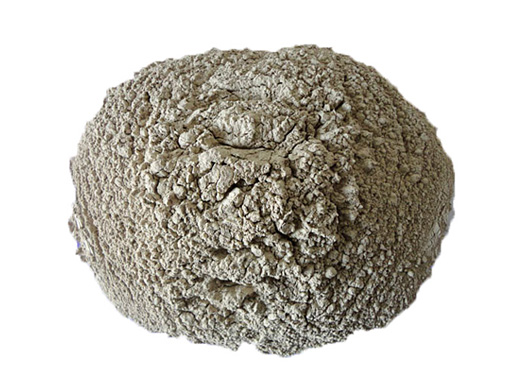News detail
What causes refractory castable wear?
Mechanical Actions
(I) Material Erosion
In many industrial production scenarios, such as blast furnaces in the metallurgical industry and rotary kilns in the cement industry, large amounts of material flow occurs internally. Materials such as iron ore and coke within the blast furnace, driven by the furnace’s operation or airflow, continuously and at high speeds rub against the refractory castable lining. Prolonged, high-intensity erosion can gradually detach particles from the castable‘s surface, leading to wear. This wear is particularly severe in areas with high material flow rates, high volume, and variable flow directions.
(II) Equipment Operational Friction
If refractory castables are used in equipment with moving mechanical parts, such as near the transmission mechanism of high-temperature kilns, the continuous operation of the equipment will generate friction between components in contact with the castable. For example, as the kiln’s supporting rollers rotate, they generate relative friction with the castable they support. This repeated friction can wear away the castable’s surface, causing wear. The higher the frequency and pressure of friction, the more severe the wear.
Impact of Thermal Stress
(I)Sudden Temperature Changes
Refractory castables may be subject to frequent temperature fluctuations during use. For example, in a batch-operated kiln, the temperature rises rapidly when the furnace is turned on and drops rapidly when it is turned off. These rapid temperature fluctuations can generate thermal stress within the castable. Due to the inconsistent thermal expansion and contraction of different parts of the material, microcracks can easily form within the material. As the number of thermal cycles increases, these microcracks continue to expand and connect, ultimately loosening the castable’s structure, reducing its strength and making it more susceptible to wear when subjected to external forces.
(II) Temperature Gradients
In some large, high-temperature equipment, the temperature of different parts of the castable varies significantly, forming a temperature gradient. For example, the wall of a kiln may be very hot near the heat source, while the outside is relatively cool. This can generate thermal stress within the material. Over time, these thermal stresses can cause deformation and cracking of the castable, reducing its wear resistance and making the surface more susceptible to wear and tear from materials.
Chemical Attack Factors
(I) Slag Attack
During processes such as steelmaking, large quantities of slag are produced. This slag often contains a variety of chemical components, such as iron oxide and calcium oxide. When the slag comes into contact with refractory castables, it may react chemically with certain components in the castable, forming new compounds. For example, alkaline substances in the slag may react with acidic components in the castable, altering the castable’s original structure, making it loose and brittle. This significantly reduces its wear resistance and makes it more susceptible to wear from external forces such as material erosion.
(II) Gas Corrosion
Some high-temperature industrial environments contain corrosive gases, such as sulfur dioxide in glass furnaces. At high temperatures, these gases may react chemically with the refractory castable, disrupting its internal chemical bonds, reducing its strength and gradually corroding and damaging the surface. This exacerbates wear, especially over long periods of exposure to such corrosive gases.
Material Performance Factors
(I) Insufficient Strength
If the refractory castable’s inherent mechanical properties, such as compressive and flexural strength, are low, it will be unable to withstand the forces of normal material pressure, equipment friction, and other external forces, leading to surface damage, particle shedding, and other wear phenomena. For example, low-quality or poorly proportioned castables, whose strength does not meet the requirements of the operating environment, will wear out quickly.
(II) Excessive Porosity
When the porosity of a castable is too high, on the one hand, its structure is relatively loose, resulting in poor wear resistance. On the other hand, pores easily become stress concentration points. When subjected to external forces or thermal stresses, cracks are more likely to propagate from these pores, accelerating wear. Porosity can also absorb corrosive substances, further damaging the material.



Send inquiry
Please Leave your message you want to know! We will respond to your inquiry within 24 hours!